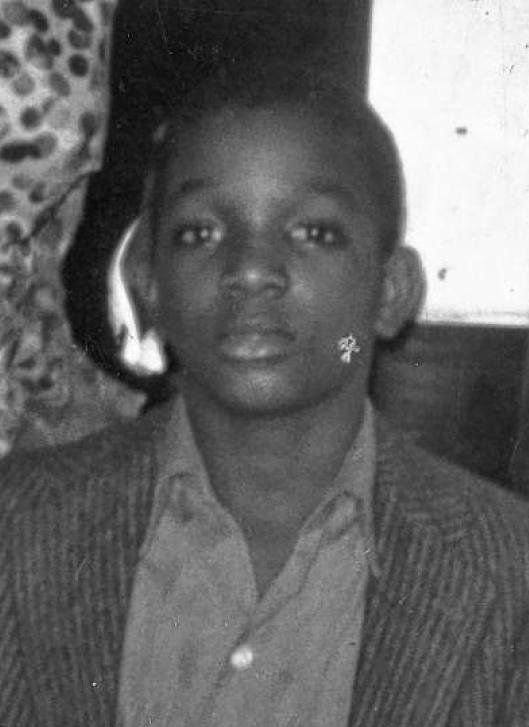South Jamaica’s Emmett Till
- KG1

- Jul 11, 2022
- 3 min read
Supreme Team, the limited series directed by Nas and Peter Scalettar for Showtime, is mostly a strange effort. Fascination with the infamous crew persists among many---and count me in that number. I get why Nas would don a director’s hat and tell a story, no matter how much it has been recycled, that was formative for him. But he proves to be as lackluster a director as he was as the character Sincere in Belly. All-time great rapper. However, you don’t get dynamism or depth on the screen with Nas.

LL doesn’t help much given his lightweight sociology tidbit about how he gravitated toward hustlers and gangsters in the 1980s because they were the only people that he saw who had money. They had a form of money alluring to many kids, to be sure. But houses are money. Paychecks are money. Businesses are money. LL saw a lot of people commanding those in Southeast Queens. However, romanticizing the Supreme Team, not an encompassing and balanced view of ambition and destruction, is the object. Nas even muses that had he been older, he could have been on that level. Nah, Nas. You ain’t cut from that cloth. There have been post-Supreme Team drug kingpins, and you were not one of them.
Not surprisingly, the most compelling parts of the documentary are the phone interviews with Kenneth “Supreme” McGriff and Gerald “Prince” Miller, both serving life sentences. They remain guarded because of pending legal matters, but the best assessment of how they were thinking and moving comes from them. The two also best represent the obvious intellect and charisma they possess. The singular gem for me comes from Miller, who explains how the murder of ten-year-old Clifford Glover in 1973 by patrolman Thomas Shea affected his own worldview. He went from self-described “regular child” and “innocent” to one with a heightened consciousness about racism. I had never considered such a connection because I was not an age peer of Glover, as Miller was. I did not live in Glover’s neighborhood, as Miller did. For Miller and others, the murder of Glover was a shock wave. Glover was their Emmett Till. His murder angered them the way Till’s murder had particular emotional resonance for his age peers such as Jesse Jackson and Muhammad Ali. As we know, the response of McGriff, Miller, and company was not the Civil Rights Movement or Black Power Movement. That’s the thing about outrage. You can’t be sure what form it will take.
This is where the whole thing gets Shakespearean or Marquez-like for me. The shape of the violent and destructive crack era in Queens is framed by a reckless 1973 murder by an NYPD cop in South Jamaica and a reckless 1988 murder of an NYPD cop, Edward Byrne, in South Jamaica, the era’s climactic event. Hundreds of story lines exist inside the frame, of course. Personalities, ideologies, politics, and technologies, along with the dispositions of court cases, are to be explored. There’s a “long way,” as McGriff might put it, to where he and Miller reside.
I would juice up the story a bit, provide a little twist, making Shea and Byrne literal blood relatives. They already are metaphoric ones. But I would stay realistic about the social scene. A heroin plague, orchestrated by traditional mobs, ravaged much of Southeast Queens in the 1960s and 1970s, partly setting the stage for the next innovation in crime. Early in Supreme Team, Nas notes that, in 1973, the World Trade Center was completed, the Knicks won the NBA championship, and Hip Hop, according to some, was born. He states, “It seemed like nothing could go wrong.” That’s not entirely the 1973 in New York City that I remember. Nor is it one Nas remembers because he wasn’t even born until that year. In fact, Glover was killed before the Knicks won the championship. Things definitely were going wrong. Supreme Team is maybe more about the fantasies of Nas (and advocacy for Miller, a worthy parole candidate, by the way) than it is about the unfolding of the 1970s and 1980s and the community impact of the Supreme Team. As I say, I get it. Maybe I’ll get to put a copy on the shelf next to New Jack City, Get Rich or Die Tryin’, and Power.





Comments